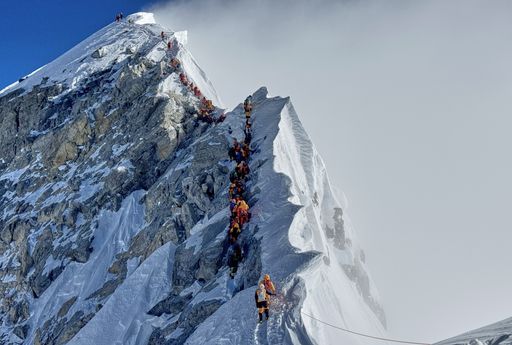The deadly flood in Nepal’s Bhote Koshi River that killed at least nine people and left more than two dozen missing this week was triggered by the draining of a supraglacial lake in the Tibet region of China, a regional climate monitoring body said on Wednesday.
According to The Kathmandu Post, “sections of the Rasuwagadhi–Timure area now lie buried under mud and debris. Roads have been cut off, and electricity, internet, and telephone services remain disrupted since Tuesday” while “four hydropower plants have suffered extensive damage. Local officials say the dry port has been crippled, and recovery work is hindered by lack of access for heavy equipment”.

China’s official Xinhua news agency has said 11 people were unaccounted for on the Chinese side of the mountainous border region.
The Kathmandu-based International Centre for Integrated Mountain Development (ICIMOD) said satellite imagery showed the flood originated from the draining of the lake north of Nepal’s Langtang Himal range.
“This is based on the preliminary analysis based on the available satellite images,” Sudan Maharjan, a remote sensing analyst and expert of glaciers at ICIMOD, told Reuters.
A supraglacial lake is formed on the surface of glaciers, particularly in debris-covered areas. It often begins as small meltwater ponds that gradually expand and sometimes merge to form a larger supraglacial lake, experts say.
Saswata Sanyal, another ICIMOD official, said such events were increasing at an “unprecedented” pace in the Hindu Kush mountains that are spread across Afghanistan, Bangladesh, Bhutan, China, India, Myanmar, Nepal and Pakistan.
“We need to delve deeper into the triggers that are resulting in cascading impacts,” Sanyal said.
The June-September monsoon causes massive floods and landslides in mountainous Nepal which, officials and experts say, is vulnerable to effects of climate crisis like extreme weather patterns, inconsistent rainfall, flash floods, landslides and glacial lake outburst floods.
This year’s early monsoon rains have inflicted deadly damage elsewhere in Nepal where at least 38 people have been killed or are missing since May 29, according to data from the government’s National Disaster Relief, Reduction and Management Authority.



















